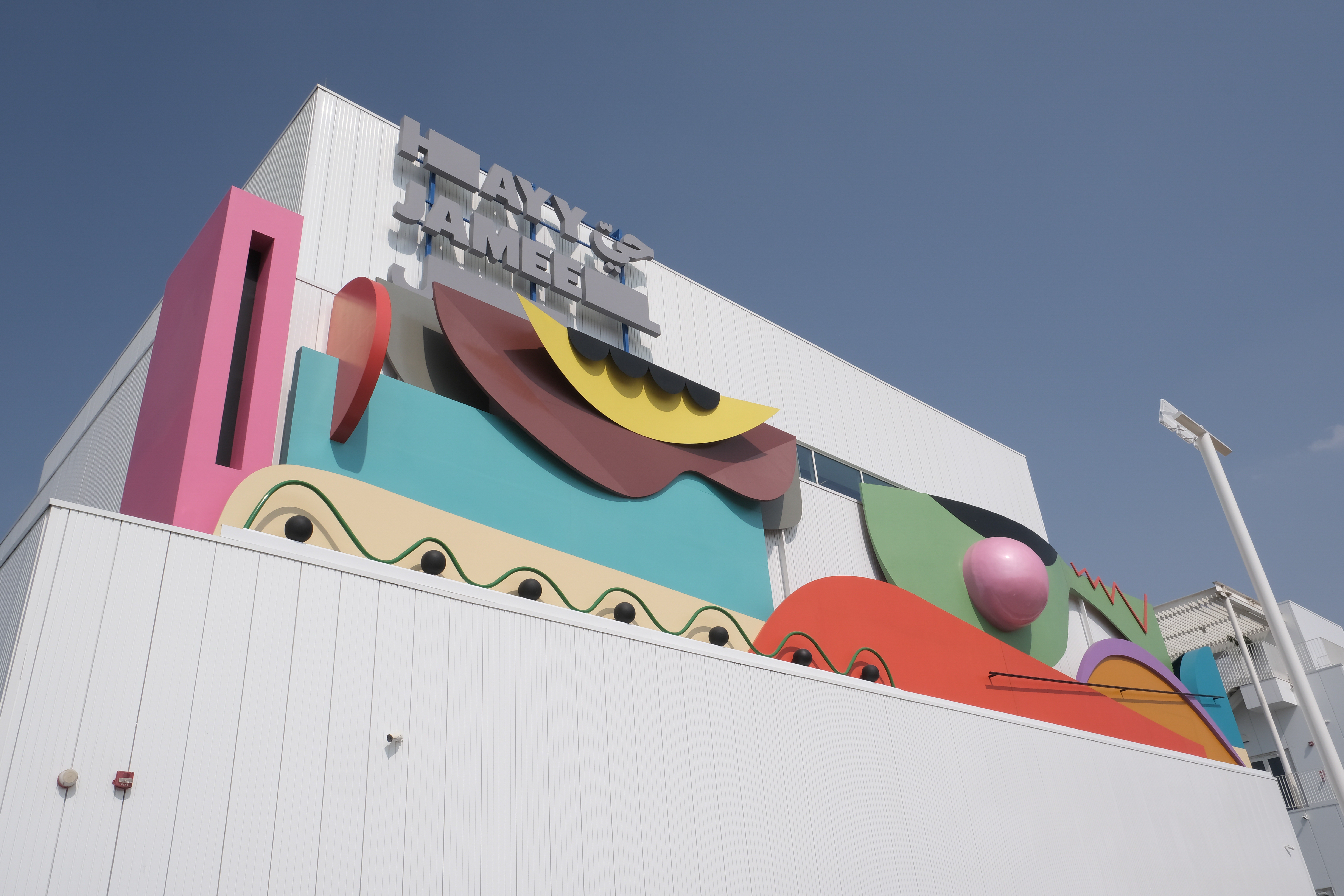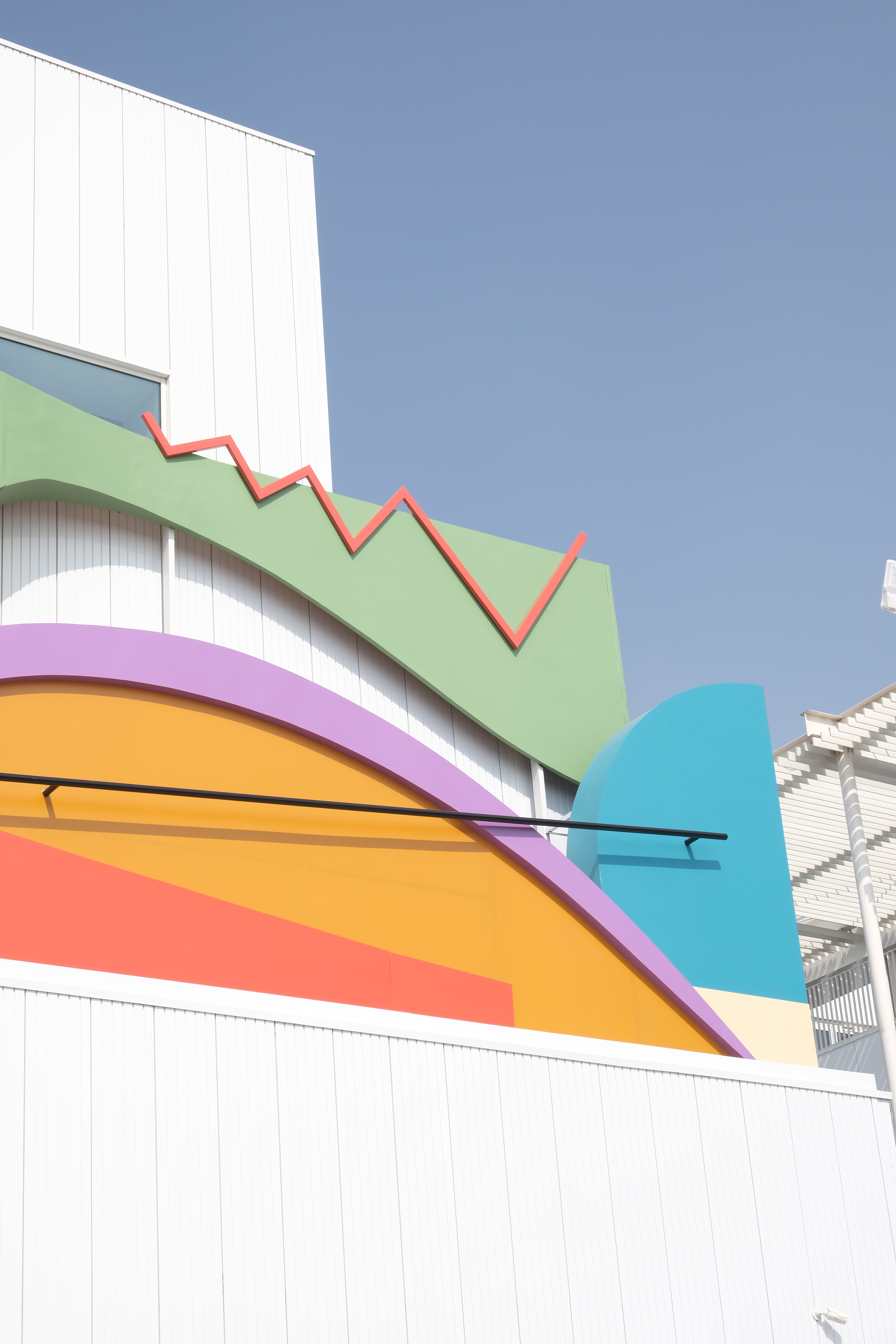Nasser Almulhim with Tamara Kalo
Contours on Collective Consciousness
2021
PRESS





During these trying times, many key aspects of our cultural habits have had to adapt to the global crisis. In Hejazi and Saudi culture, hospitality, gathering and sharing food are an important part of one’s quotidian life, all of which are forms of care towards our communities. However, with the pandemic, how to show care for our community shifted. Myths are ways in which people find solace in troubling moments, by seeking refuge and comfort in stories, to cope with our changing circumstances. They are a way of collective sense-making.
“The dove, the partridge and the crow” is a Saudi fable, one that also takes place in a time of crisis, when food and water supplies of a bedouin tribe called Benazin were scarce. Thus, the dove, the partridge and the crow were sent off in search of new land. The crow found a lush land in the South, but chose to keep his knowledge a secret in order to take that land for himself. The dove and the partridge returned with the same discovery, but shared their finding. In return, the tribe rewarded them with red henna and black kohl, and they painted the crow black to serve justice.
One moral of this fable is to be truthful, and to want the betterment of one’s community as a whole, rather than be selfish and individualistic in one’s pursuit of well-being. This is an important lesson that applies even today, when collective care is how we are able to surmount a pandemic; by acknowledging that one’s actions affect the whole, and a healthy society in return will improve the individual’s life.
By using colors and shapes inspired from that fable, the sculpture is meant to activate the facade of the building in a playful and inviting way, as it is the inaugural facade commission of this Arts Center.